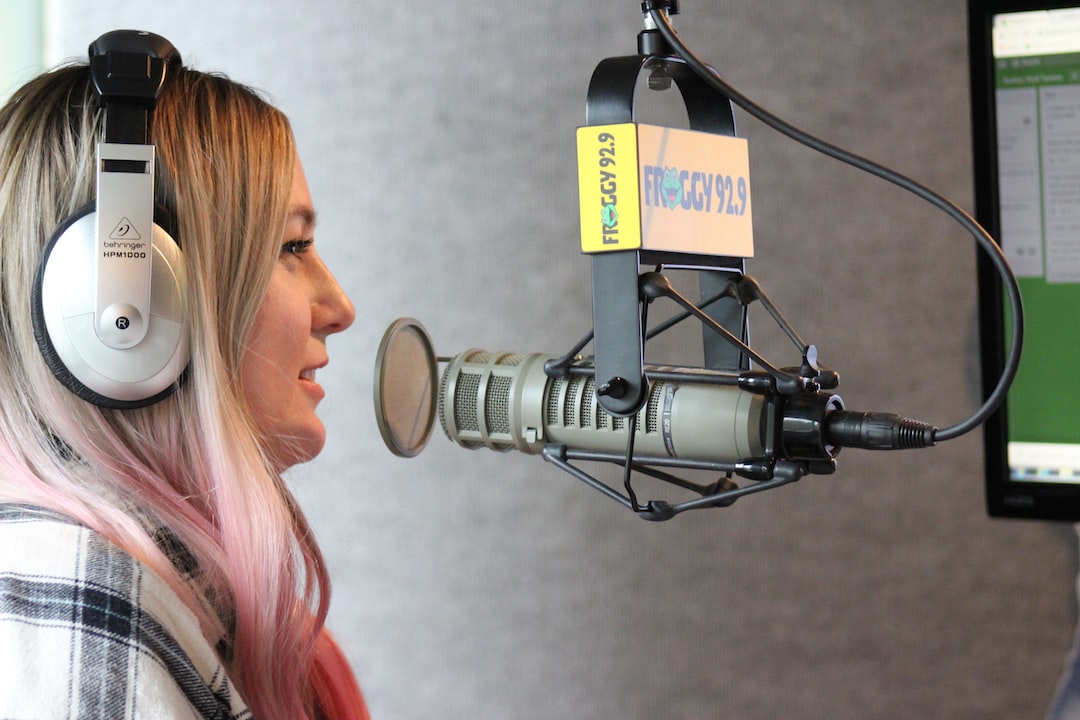Analyzing the Portrayal of Women in Media: Progress and Challenges
The portrayal of women in media has evolved significantly over the years, reflecting shifts in societal attitudes and values. However, while progress has been made towards promoting gender equality, there are still challenges that need to be addressed. This blog post will analyze the portrayal of women in media, discussing both the progress achieved and the challenges that still exist.
Over the years, media representations of women have experienced positive changes. Gone are the days when women were solely portrayed as helpless damsels in distress, waiting to be rescued by a brave and heroic man. Today, women are frequently depicted as strong, independent, and empowered individuals capable of achieving their goals. We see female characters in movies, TV shows, and advertisements taking charge, making their own decisions, and challenging traditional gender roles.
One of the aspects where progress has been most noticeable is the diversification of female characters. Media now showcases women from varied backgrounds, representing different races, ethnicities, and body types. This representation goes a long way toward promoting inclusivity and breaking down stereotypes, reinforcing the fact that women come in all shapes, sizes, and backgrounds.
Furthermore, women are no longer simply portrayed as objects of desire or sexual objects. The focus has gradually shifted towards their intelligence, skills, and accomplishments. Media now emphasizes the intelligence and expertise of female characters, recognizing their abilities beyond their physical appearance. Strong female leads in movies and TV shows like Wonder Woman, Captain Marvel, and Game of Thrones have become popular icons, giving women and girls role models to look up to, inspiring them to believe in their own power and potential.
However, despite the progress made, challenges persist in the portrayal of women in media. The sexualization and objectification of women are still prevalent in certain areas, reinforcing harmful stereotypes and perpetuating unrealistic beauty standards. Advertisements, for instance, often depict women as excessively thin, perfectly airbrushed, and flawless, establishing unrealistic expectations that can negatively impact women’s self-esteem and body image.
Another challenge lies in the underrepresentation of women behind the camera. While progress has been made in increasing the number of female actors on screen, the same cannot be said about the number of women who direct, produce, or write the stories we see. The entertainment industry is still largely male-dominated, resulting in a lack of diverse female perspectives and perpetuating certain biases and stereotypes.
Additionally, women are frequently pigeonholed into specific roles or character tropes. They are often limited to playing love interests, the supportive sidekick, or the sassy best friend, rather than being given multi-dimensional characters with complex narratives. This lack of depth and development restricts the representation of women, limiting the diversity of their experiences and aspirations portrayed on screen.
Addressing these challenges requires a multi-faceted approach. The industry needs to continue pushing for increased female representation both in front of and behind the camera. More women-centric stories should be written, directed, and produced, allowing for a broader range of female narratives to be shared. It is crucial to recognize and support the talent and creativity of women in the field, fostering an inclusive environment that encourages their contributions.
Furthermore, media platforms have a responsibility to present a realistic and diverse representation of women. It is necessary to move away from harmful stereotypes and focus on showcasing women’s achievements, intelligence, and skills rather than just their physical appearance. Promoting healthy body image and breaking away from unrealistic beauty standards can positively impact the self-esteem and well-being of women and girls.
In conclusion, analyzing the portrayal of women in media reveals both progress and challenges. While media today is certainly more inclusive and empowering towards women, there is still work to be done. Breaking down harmful stereotypes, increasing female representation both on and off-screen, and promoting diverse narratives are all essential steps toward a more equal and fair portrayal of women in media. By acknowledging and addressing these challenges, we can ensure a more inclusive and empowering future for women in the media industry.
